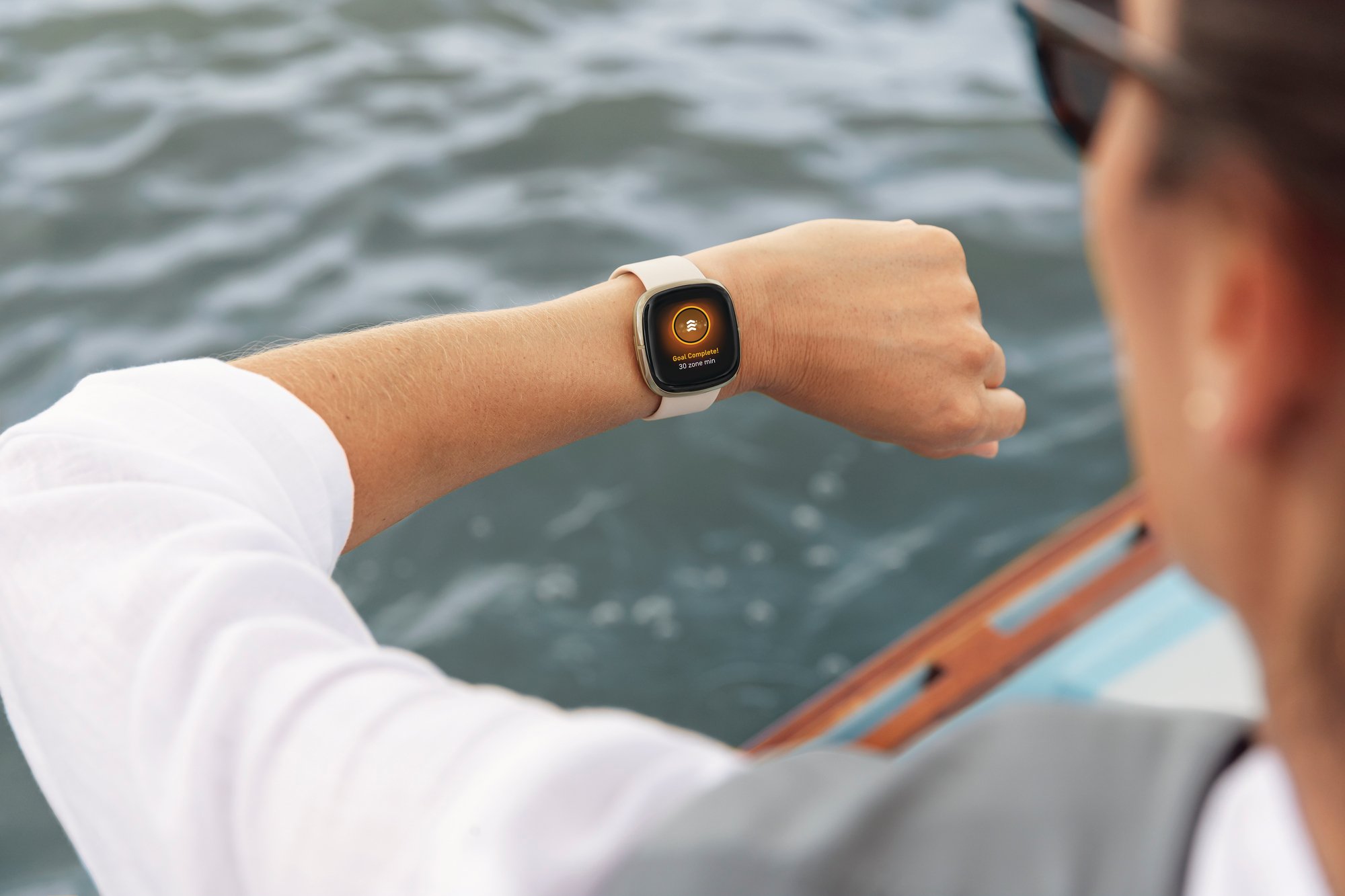Fitbit (FIT +0.00%) was once the world's top wearables maker, but it lost that title to Apple (AAPL 0.25%) in 2017. Last year, Fitbit controlled just 8% of the wearables market, according to IDC, putting it in third place behind Apple's 26.8% share and Xiaomi's (XIACF +2.22%) 13.5% share.
Fitbit has struggled in recent quarters with sluggish sales growth and shrinking gross margins. Fitbit's earnings are improving, but that growth comes from much lower spending -- which could cripple its ability to keep pace with Apple, Xiaomi, and other rivals.

Xiaomi's Mi Band 3. Image source: Xiaomi.
Therefore, I don't consider Fitbit to be a safe long-term investment. Instead, investors who are interested in the wearables market should take a closer look at Huami (HMI 2.13%), the oft-overlooked wearables maker that produces Xiaomi's devices.
What does Huami do?
Huami went public last February at $11 per share. It produces Xiaomi's Mi Band fitness trackers and its own Amazfit wearables, which are sold in Xiaomi's online and brick-and-mortar stores.
Xiaomi owns nearly a fifth of Huami, and Xiaomi CEO Lei Jun owns another fifth of the company. Xiaomi pays all of Huami's design, manufacturing, marketing, and distribution expenses for its Xiaomi-branded products.
Xiaomi's support enables Huami to operate with much higher operating margins than Fitbit. In the fourth quarter, Huami posted an operating margin of 10.7%, compared to Fitbit's operating margin of 1.9%.
That symbiotic relationship is controversial, since Huami's operating margin would be much lower without Xiaomi's support. Xiaomi probably won't stop paying Huami's bills anytime soon, but critics claim that Huami is really a publicly-traded subsidiary of Xiaomi instead of an independent company. Huami's profit would plunge if Xiaomi pivoted away from wearables or altered its partnership with Huami.
Check out the latest earnings call transcript for Huami.

Huami's Amazfit Pace. Image source: Huami.
But it's still a rock-solid business
For investors willing to accept its unusual arrangement with Xiaomi, Huami looks like a much more lucrative investment than Fitbit. Here's how the company has fared over the past four quarters:
|
Metric |
Q1 2018 |
Q2 2018 |
Q3 2018 |
Q4 2018 |
|---|---|---|---|---|
|
Revenue growth (YoY) |
77% |
55% |
127% |
63% |
|
Adjusted net income growth (YoY) |
818% |
58% |
93% |
69% |
All figures in RMB terms. Data source: Huami quarterly reports. Chart by author. YOY = year over year.
For 2018 as a whole, Huami's revenue and adjusted net income rose 78% and 106%, respectively. Its full-year gross margin expanded from 24.1% to 25.8% -- which is impressive, considering that Huami and Xiaomi sell much cheaper devices than Fitbit.
Analysts expect Huami's revenue and adjusted earnings per share to rise 32% and 14%, respectively, this year (in dollar terms). Those are solid growth rates for a stock that trades for just 12 times its projected 2019 earnings. By comparison, Wall Street expects Fitbit's revenue to creep up 3% this year, while the company will post another annual loss.
Market share gains and irons in the fire
IDC claims that Xiaomi's total wearable shipments rose 45% to 23.3 million units in 2018. Huami's total shipments, which include its self-branded Amazfit devices, rose 52% to 27.5 million units during the year.
Huami believes that the development of its Amazfit devices, which are sold through its own website and other retailers, could reduce its dependence on Xiaomi over the long term. Last week, Huami CEO Wang Huang claimed, "Customer adoption of the Amazfit brand grew significantly in 2018 ..." and that shipments of its Amazfit devices "almost tripled" annually, due to robust demand for its smartwatches.
Last year, Huami also developed its own AI chip, the Huangshan-1, for its healthcare-oriented wearables. It also inked strategic partnerships with Timex and PAI Health to expand its brand presence beyond Xiaomi's ecosystem.
Forget Fitbit and take a look at Huami
Huami is generating much stronger growth than Fitbit, but many investors overlook the stock or don't understand its business model. Huami's operating expenses will rise as it sells more Amazfit devices and reduces its dependence on Xiaomi, but it could gradually evolve into a better-balanced business than Fitbit.
I'm not saying that Huami is an ideal investment yet. Trade tensions between the U.S. and China and competition from other lower-end wearable device makers could certainly throttle its sales and earnings growth. Nonetheless, investors who are thinking about buying Fitbit as a contrarian play should consider buying Huami instead.








